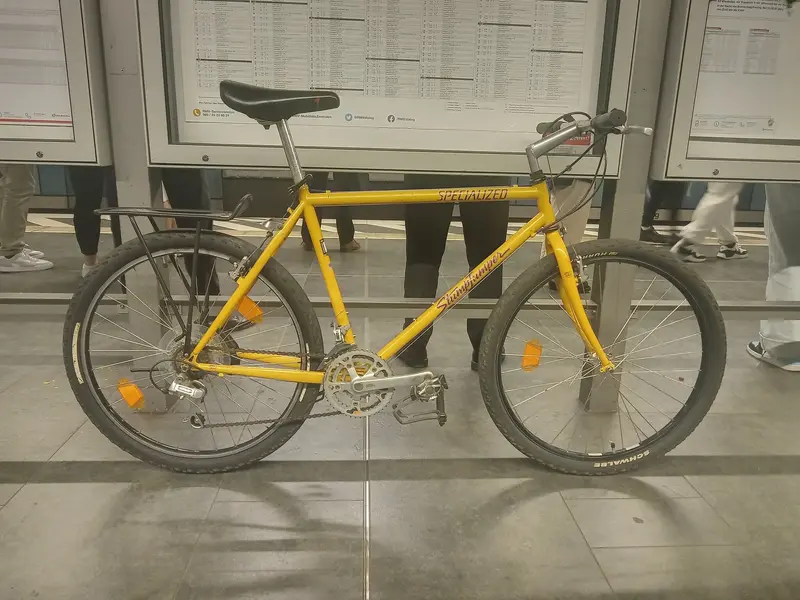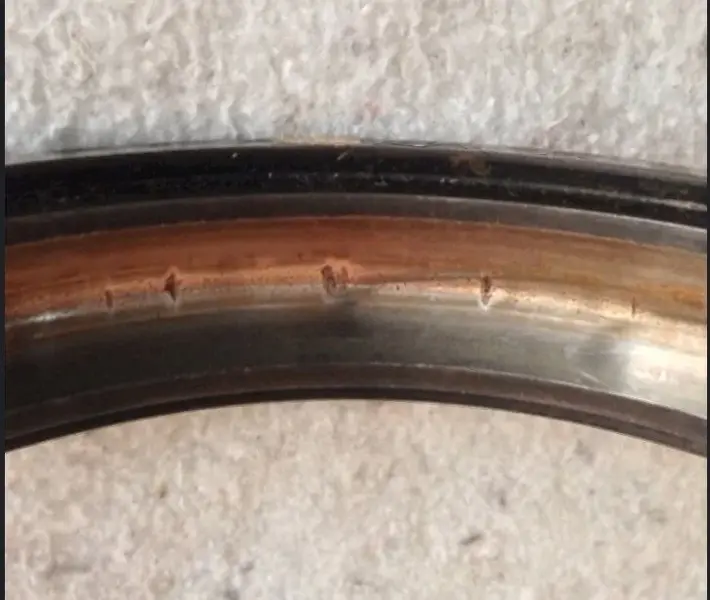Titiritero
Retro Guru
Currently overhauling a 1992 Specialized Stumpjumper I recently bought, the basic one with full DX. Among the many surprises, the bearing cages on the headset were slightly bent and the top one is missing one bearing. I've been to every single bike shop in my city and nobody has anything matching or spare bearings. They all recommend not to bother and get a new headset. And that is my doubt.
"The internet" seems to suggest those early 90s Specialized had JIS headsets, but I'd rather be sure. I could measure it, but my calipers are not digital so 1) I don't know if I'll be able to tell the difference between 26.4 and 27mm and 2) that means I would have to remove the headset to check and I'm still not 100% sure that I would just run with the existing one if just one bearing is missing.
Has anyone more reliable info? Thanks
"The internet" seems to suggest those early 90s Specialized had JIS headsets, but I'd rather be sure. I could measure it, but my calipers are not digital so 1) I don't know if I'll be able to tell the difference between 26.4 and 27mm and 2) that means I would have to remove the headset to check and I'm still not 100% sure that I would just run with the existing one if just one bearing is missing.
Has anyone more reliable info? Thanks

Last edited:
